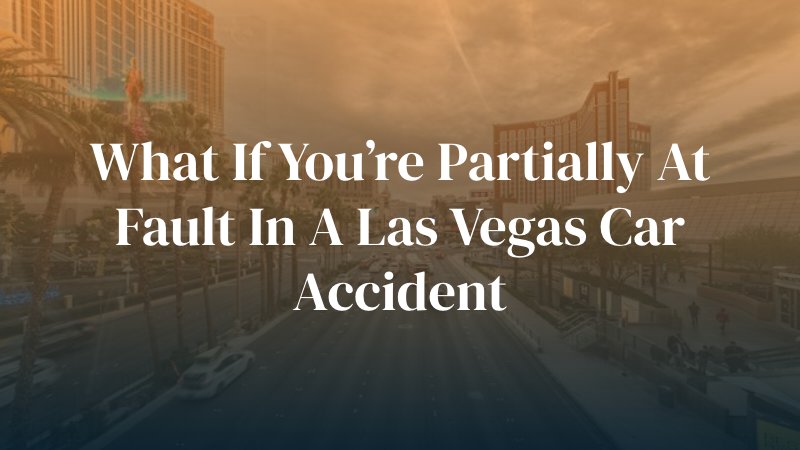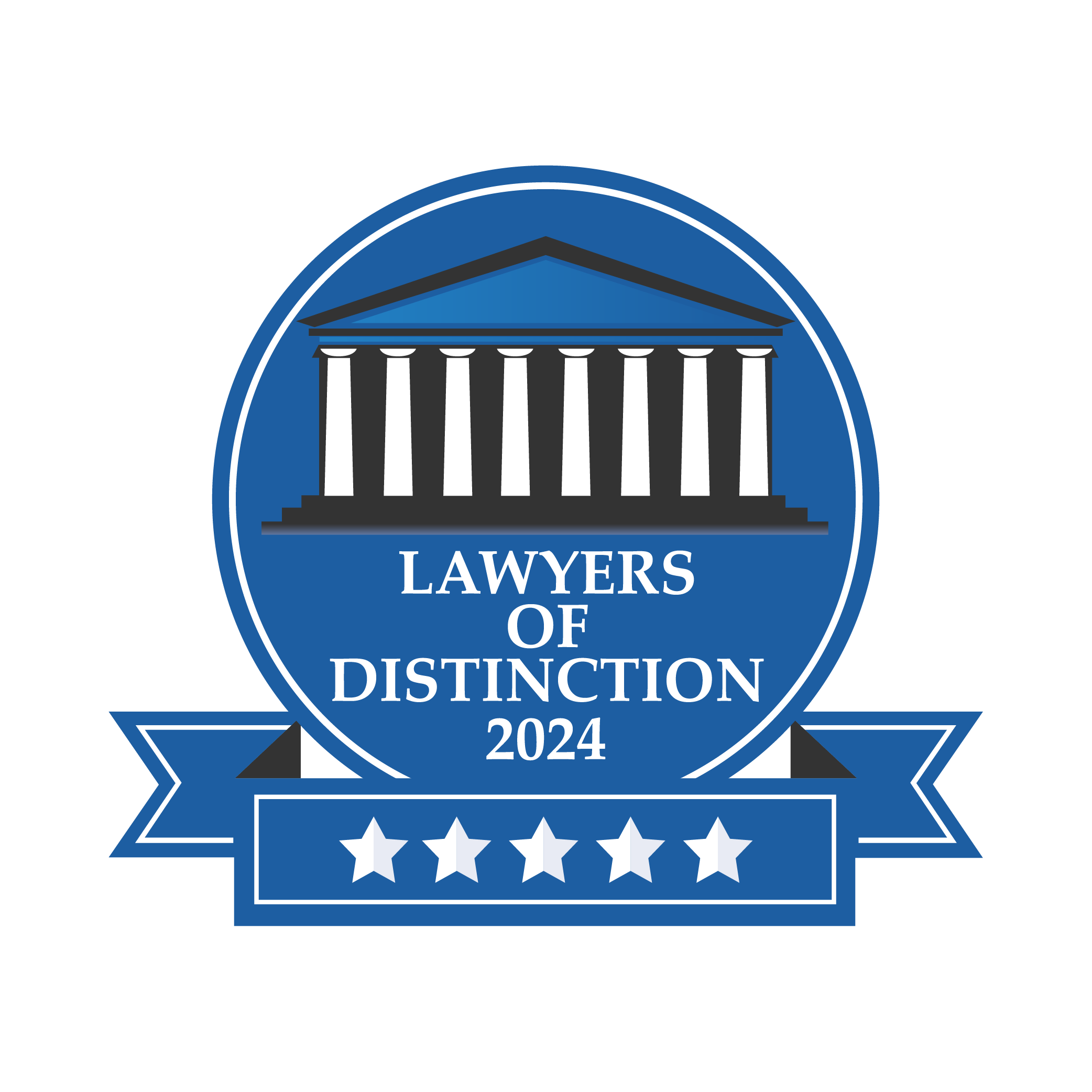If you’re partially at fault in a Las Vegas car accident, you may still have a right to recover compensation under Nevada law. Many crashes involve mistakes or shared fault between drivers, and being partly responsible doesn’t automatically prevent you from pursuing a claim. It’s important to understand how Nevada’s comparative negligence rules work and what to do after an accident to give yourself the best chance of getting what you’re entitled to.
Contact a Las Vegas personal injury lawyer from Valiente Mott Injury Attorneys to understand your legal rights and options after your accident.

Understanding Nevada’s Comparative Negligence Rule
When it comes to car accidents, Nevada follows a system called modified comparative negligence, as defined by Nevada Revised Statute (NRS) 41.141. This law comes into play whenever there’s a question about who was responsible for the crash, and it’s not uncommon for both parties involved in an accident to share some of the blame.
You Can Recover Damages as Long as You’re 50% or Less At Fault
Under Nevada’s comparative negligence rule, you can still receive money for your injuries or losses as long as your share of fault does not exceed 50%.
NRS 41.141 When comparative negligence not bar to recovery; jury instructions; liability of multiple defendants.
1. In any action to recover damages for death or injury to persons or for injury to property in which comparative negligence is asserted as a defense, the comparative negligence of the plaintiff or the plaintiff’s decedent does not bar a recovery if that negligence was not greater than the negligence or gross negligence of the parties to the action against whom recovery is sought.
2. In those cases, the judge shall instruct the jury that:
(a) The plaintiff may not recover if the plaintiff’s comparative negligence or that of the plaintiff’s decedent is greater than the negligence of the defendant or the combined negligence of multiple defendants.
(b) If the jury determines the plaintiff is entitled to recover, it shall return:
(1) By general verdict the total amount of damages the plaintiff would be entitled to recover without regard to the plaintiff’s comparative negligence; and
(2) A special verdict indicating the percentage of negligence attributable to each party remaining in the action.
3. If a defendant in such an action settles with the plaintiff before the entry of judgment, the comparative negligence of that defendant and the amount of the settlement must not thereafter be admitted into evidence nor considered by the jury. The judge shall deduct the amount of the settlement from the net sum otherwise recoverable by the plaintiff pursuant to the general and special verdicts.
4. Where recovery is allowed against more than one defendant in such an action, except as otherwise provided in subsection 5, each defendant is severally liable to the plaintiff only for that portion of the judgment which represents the percentage of negligence attributable to that defendant.
If the other driver was mostly to blame, you have the right to present a claim. However, if it’s determined that you were 51% (or more) responsible for the collision, you cannot collect any damages from the other party.
Your Compensation Is Reduced by Your Percentage of Fault
Even if you’re eligible to recover, your total compensation will be lowered by the percentage of blame assigned to you. For example, if your damages are $120,000 but you’re found 25% at fault, you would receive only $90,000. The more responsibility you hold, the less you can recover. These rules can get complicated, so having a clear understanding and good legal guidance helps ensure you get the fairest outcome possible
Examples
Here are some examples that show how Nevada’s comparative negligence rules might apply in real car accident situations:
Example 1: 20% at Fault
Imagine you were lightly speeding when another driver made an illegal left turn in front of you, leading to a collision. If an investigation finds you 20% responsible and your total damages are $50,000, your final compensation would be reduced by that percentage and you’d receive $40,000.
Example 2: 50% at Fault
Say you were found to be equally at fault for an accident (perhaps both you and the other driver ran a red light at the same time). You can still recover damages, but the amount awarded will be cut in half. For instance, if your damages total $30,000, after a 50% reduction for shared fault, you’d collect $15,000.
Example 3: More Than 50% at Fault
If you’re determined to be 60% at fault – maybe because you were speeding, changed lanes without signaling, and clipped another car going too fast through an intersection you wouldn’t be able to recover any compensation. Once your share of blame is greater than 50%, Nevada law bars you from making a recovery, no matter the size of your injuries or bills. Understanding these examples can help you see how your share of fault might impact the financial outcome of your Las Vegas car accident claim.
How Fault is Assigned in Car Accidents
Determining fault in a car accident is not always straightforward, and insurance companies and courts use specific processes to assign responsibility. Understanding how this works is helpful if you’re filing a claim.
Adjusters Investigate and Determine Fault
Insurance adjusters look at the details by reviewing damage, skid marks, scene photos, and any other physical evidence. They also reconstruct the events based on the stories of those involved, searching for inconsistencies or clear signs of traffic law violations.
The Role of Police Reports, Witness Statements, and Evidence
Police reports often carry a lot of weight, since officers document what happened shortly after the crash and may even note who they believe was at fault. Independent eyewitnesses provide valuable accounts, and the adjuster may rely on surveillance footage or accident reconstruction experts to build the case.
Why It’s Important Not to Admit Fault at the Scene
Words spoken in the heat of the moment – like an apology – can come back to haunt you. Admitting fault or guessing about what happened might be misinterpreted and used to discredit your version later on. Instead, stick to the facts and let the insurance and legal processes play out. Because each claim is different and fault can be tricky to assign, working with a Las Vegas personal injury lawyer is essential. Contact us for experienced legal help if you’ve been in a Las Vegas car accident and have questions about your next steps.

